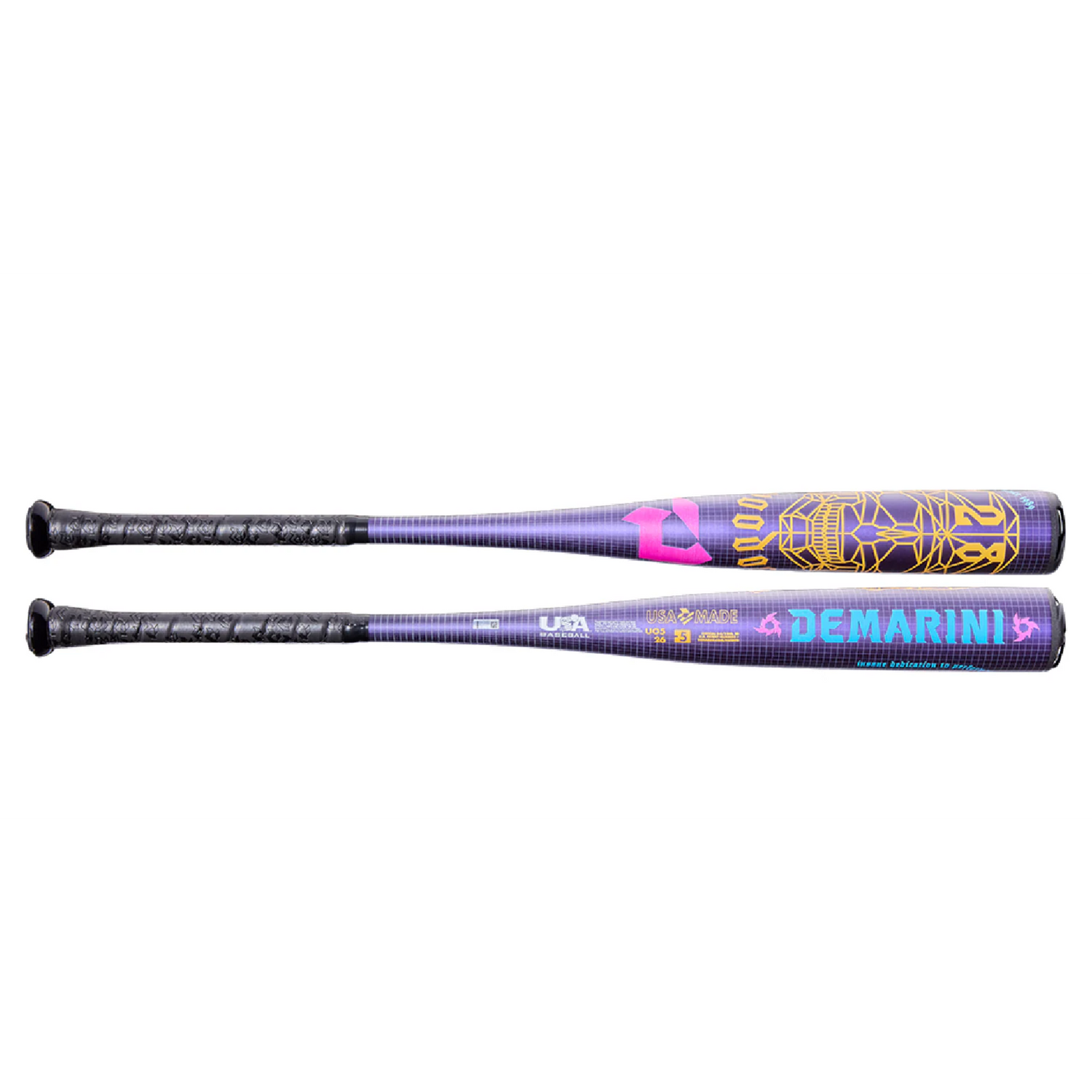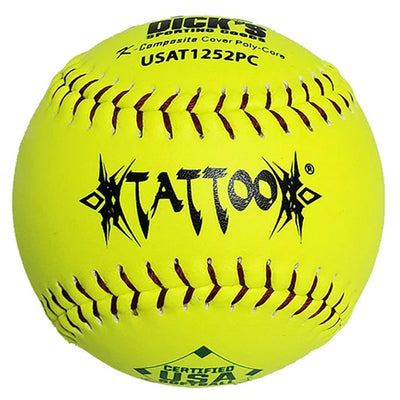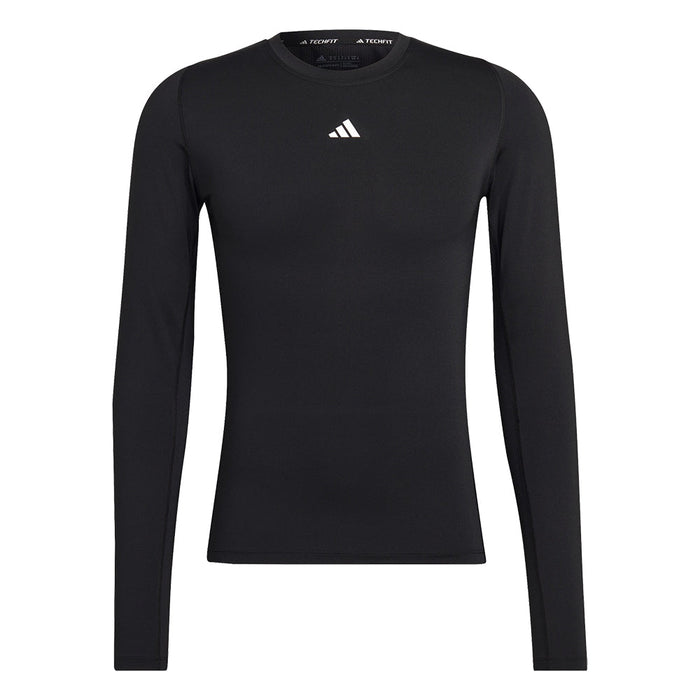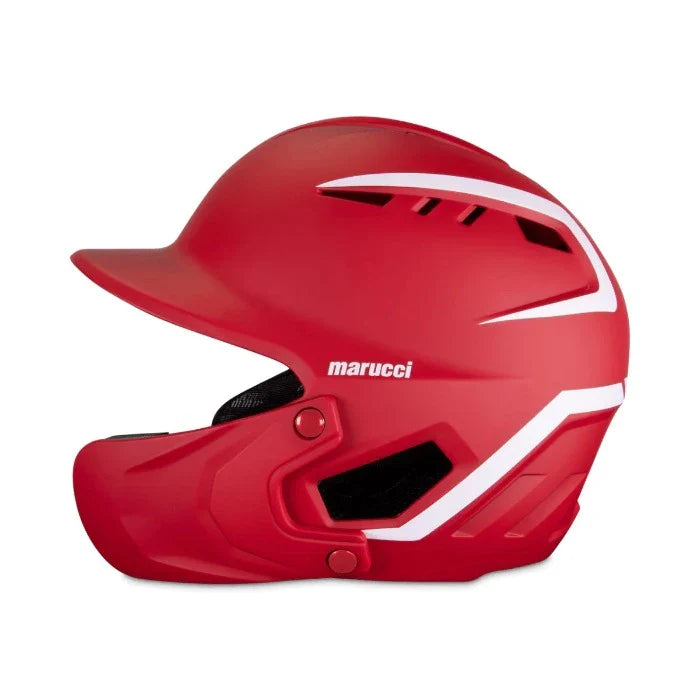Common Mistakes Made When Breaking in a Baseball/Softball Glove
One of the more frustrating things about baseball and softball is having to break in a new glove. It can be terribly disappointing when your trusty old glove finally gives out and you have to start the process of perfectly molding a glove, from scratch, to your hand. There are many tips and tricks to help expedite the process and most of them can really help mold a great glove, but some common practices can wind up doing more harm than good. Many of the quick fixes ball players use loosen a new glove but end up ruining it over time. Here are some of the more common mistakes players make when breaking in their new gloves.
Putting it in the Oven/Microwave
Many people will pop the glove in the oven or microwave for a quick zap to loosen the leather. While this does function to make the leather more malleable, the practice is still ill-advised. The heat causes lasting and detrimental damage to the laces on your glove. Before long they’ll dry out and bust well before you’ve put a lot of miles on your glove. You’re better off dipping the glove in some warm water and working it out by hand.
Rubbing it with Oil
Rubbing a new glove with oil is completely fine to do a few times but many players overdo it. Applying oil works to loosen it up because it breaks down the leather to a point where it becomes more flexible. This is why over applying will cause your glove to deteriorate much quicker than it would have naturally, shortening its life. Also, baseball and softball gloves will soak up the oil and using too much will cause your glove to become heavy and clumsy to use.
Breaking in an Infield and Outfield Glove the Same Way
A player will want an infield glove to be as wide as possible for fielding ground balls. Meanwhile, an outfielder will want their glove to have as deep a pocket as possible to avoid fly balls popping out of the glove. So, when breaking in an infield glove work it from the outside of the glove and bend it over itself, taking the top and bending it towards the palm of the glove. With an outfield glove, fold the sides into the center or place some balls in the pocket and wrap it with rubber bands.
An important reminder is that the number one way to break in a new glove is to play catch/use it. Not only does this have the added benefit of giving you an excuse to get some extra practice and hone your skills but it helps shape your glove specifically to your play style. That being said, when you first get a glove, odds are that it’ll be too stiff to even play some catch so start out by dipping it in some warm water and stretching out the leather. After that, it should be flexible enough for you to start using it and shaping it to your hand.
















